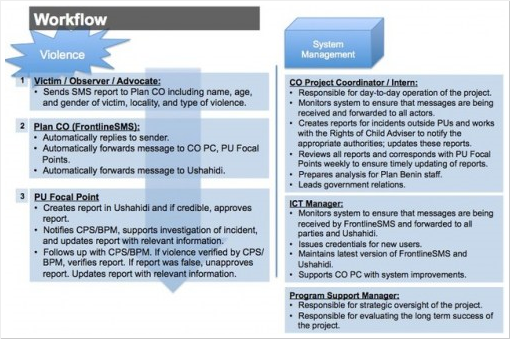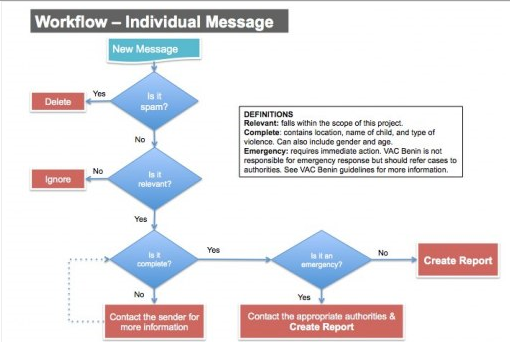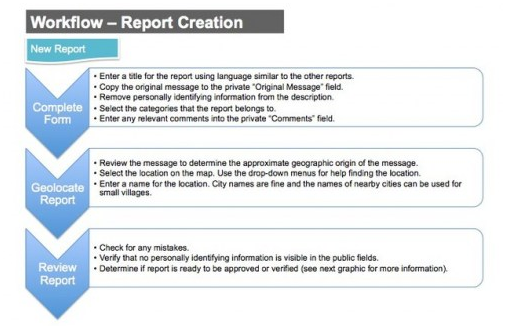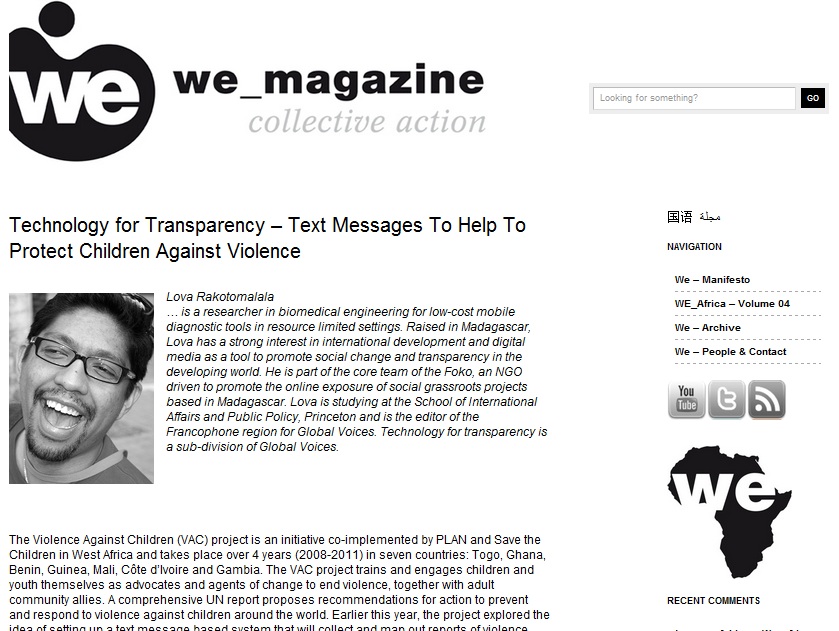- Brand new case study released in collaboration with Institute for Reproductive Health
- New look FrontlineSMS Case Study webpage
One of the major strengths of FrontlineSMS is the wealth of knowledge and experience existent in our vibrant community of users. In order to enable our community to share lessons learned from deploying FrontlineSMS, we are in the process of building up a collection of in-depth user case studies. Acting as a guide for those who aim to use FrontlineSMS in their own programs, these case studies can be used by practitioners as well as be passed on to managers, donors and others seeking to learn more about using mobiles for social change.
The latest of these case studies is out today, and is based on Georgetown University’s Institute for Reproductive Health (IRH) using FrontlineSMS to provide a rapid prototype of a new mHealth service. This service — called CycleTel™ — empowers women by providing them with accessible reproductive health information through SMS. You can find a guest blog post about this project here, and you can find out more and read the full case study here.
Each of the case studies is produced in partnership with an organization using our software to enable positive social change. The case studies provide analysis of the need for FrontlineSMS in different contexts, show the preparation required for using our software, demonstrate lessons learned by different users and the impact FrontlineSMS can have towards enabling positive social change.
The new case study we have made available today accompanies another case study released last year in partnership with Plan International, which is based upon their use of FrontlineSMS to track incidences of violence against children in Benin. Both case studies are available on our newly styled Case Studies webpage. Previously this webpage showed the wealth of guest blog posts we have from FrontlineSMS users, and these are still linked to directly from the same webpage. However, moving forward, this webpage will also be used to house the small but growing library of more in-depth FrontlineSMS case studies.
If you are using FrontlineSMS for your work and think your program would make a great case study, then please do feel free to get in touch. If you would like to share ideas and feedback on our newly released case study, please visit our community forum here to share your views. Your input is always welcome!
We would like to take this opportunity to thank Georgetown University’s Institute for Reproductive Health (IRH) and Plan International for working on these case studies with us. In addition, many thanks goes to Tim Howe for his ongoing website support, Jessica Lo for her graphic design work, and to FrontlineSMS Hero Megan Goldshine for her graphic design support, too!












